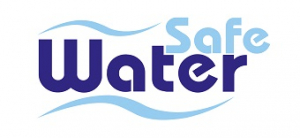EDI
Traditionally high purity water is produced by a combination of membrane separation and ion exchange processes. Electrodeionization (EDI) is an electrically-driven water treatment technology that utilize ion exchange membranes and resin to remove ionized species from water by electrical driving force,
An EDI stack has the basic structure of a deionization chamber. There is an ion exchange resin between two selective membranes. The membranes are ion selective and pass only specific charged ions. As water flow into the EDI module applied electricity makes ions to move through the resins and across the membranes. Therefore, water is deionized as the ions can pass through the membrane. These ions are collected into concentrate channel and remove from the system.
In comparison to more traditional ion-exchange process, EDI can provide a better energy consumption and operating expenses for high purity water treatment system in a constant flow. EDI has a continues and simple operation and there is no need of acid and caustic chemicals for regeneration. EDI requires little space and very few automatic valves or complex control sequences that need supervision by an operator
Applications
EDI can be used in any application that requires pure water for such as application as following
- Pharmaceutical industry
- Boiler feed water
- Demineralized water
- Biotechnology
- Electronics
- Laboratories
- Pharmaceutical industry
- Reduction of ionizable SiO2 and TOC

